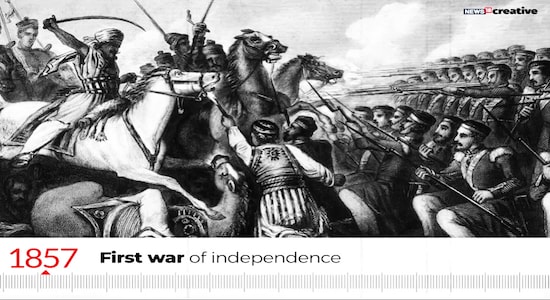
 1 / 10
1 / 10Indian Rebellion of 1857: While the rebellion was defeated due to a lack of cohesion among rebels, the rebellion led to the end of the British East India rule in the country, the stop to the doctrine of lapse, and the admission of Indians to civil services for the first time.
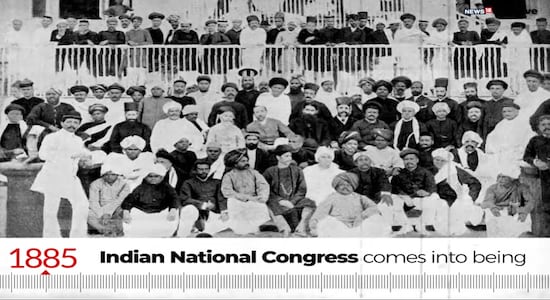
 2 / 10
2 / 10Formation of the Indian National Congress - 1885: The Indian National Congress was formed in 1885 and assumed the leadership of freeing India from the British yoke. All India Muslim League Formed - 1906: While the INC was mostly comprised of Western-educated upper-class Hindus, the All-India Muslim League was formed by elite Muslims to promote their interests in the British Raj.
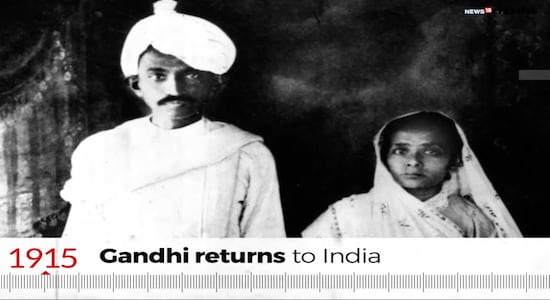
 3 / 10
3 / 10Return of Mahatma Gandhi - 1915: Mahatma Gandhi returned to India in the midst of World War I, after having made a name for himself in South Africa. Gandhi’s methods of non-cooperation and non-violence were instrumental in the struggle for independence.
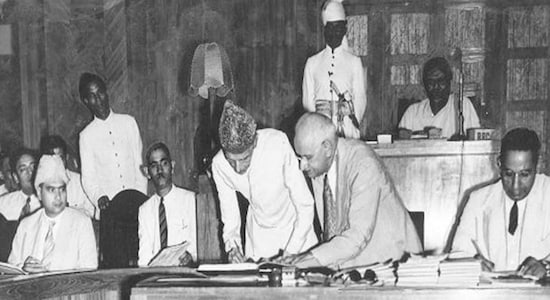
 4 / 10
4 / 10Lucknow Pact Signed - 1916: The INC and the Muslim League signed the Lucknow Pact to cooperate and put pressure on the British government towards more self-rule in India.
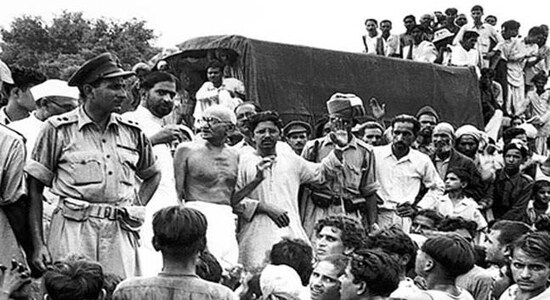
 5 / 10
5 / 10The Champaran Satyagraha - 1917: Under Gandhi’s leadership, the farmers of Champaran engaged in the first popular Satyagraha movement in British India. The movement gave an outlet for both the moderates and the radicals in the freedom struggle.
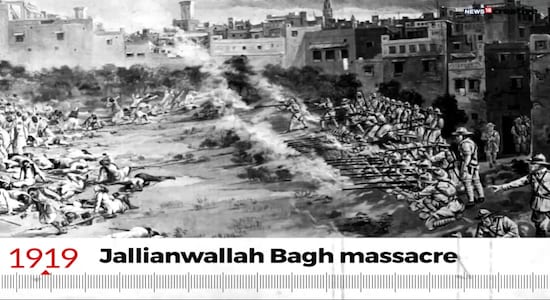
 6 / 10
6 / 10Jallianwala Bagh Massacre - 1919: Hundreds of protestors were gunned down with no avenue to escape in a brutal demonstration of force by Brigadier General REH Dyer in Jallianwala Bagh in Amritsar, Punjab. The group gathered there had been protesting against the draconian Rowlatt Act, which was passed recently.
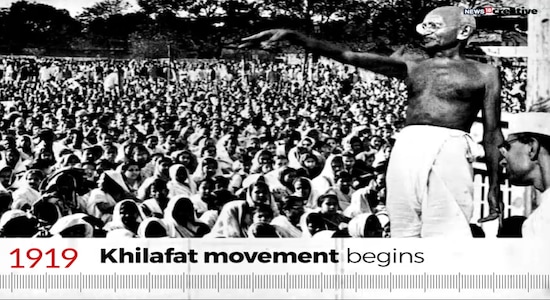
 7 / 10
7 / 10Khilafat Movement starts - 1919: The Khilafat Movement was a campaign by Indian Muslim leaders to bring Muslims into the independence struggle while also pressuring the British government to preserve the Ottoman Sultan as the Caliph.
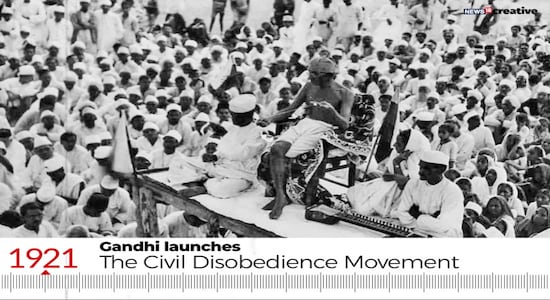
 8 / 10
8 / 10The Non-Cooperation Movement Starts - 1920: Partly in response to the massacre, the first large-scale civil disobedience movement was launched by Mahatma Gandhi. The movement saw Indians boycott foreign goods, services and elections and even stop paying taxes. The movement was ended by Gandhi after the Chauri Chaura incident.
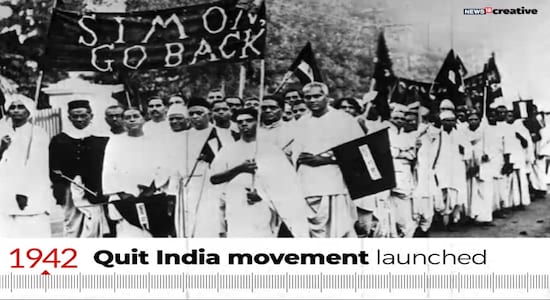
 9 / 10
9 / 10Quit India Movement - 1942: After the failure of the Cripps Mission to secure Indian support for World War II, the increasing calls for complete independence led to the Indian National Congress and Gandhi calling for the British to completely quit India.
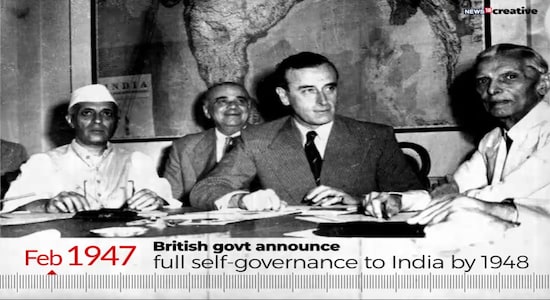
 10 / 10
10 / 10Announcement of full self-governance: Clement Attlee, the Prime Minister of the United Kingdom, announced in February 1947 that the British Government would grant full self-governance to British India by June 30, 1948, and the future of the Princely States would be decided after the date of final transfer is decided.

